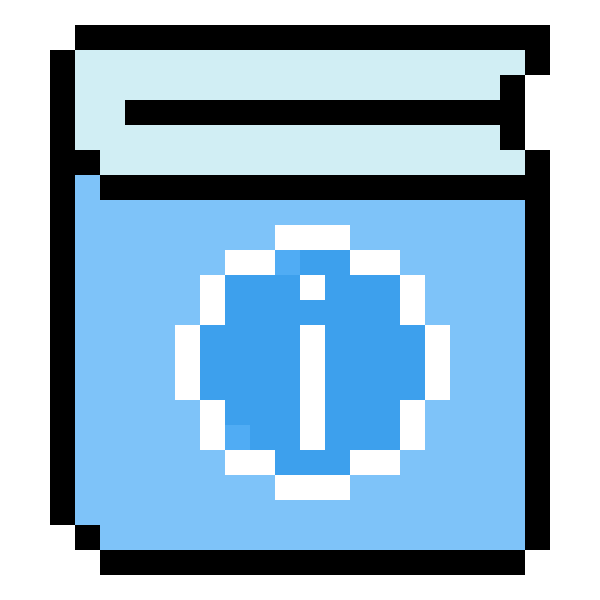Audio Presented by
Story's Credibility



About Author
|
Technical Writer @Directorate Of Research, Innovation & Development Centre(UNIBEN)
Technical Content Writer


Technical Writer @Directorate Of Research, Innovation & Development Centre(UNIBEN)
Technical Content Writer